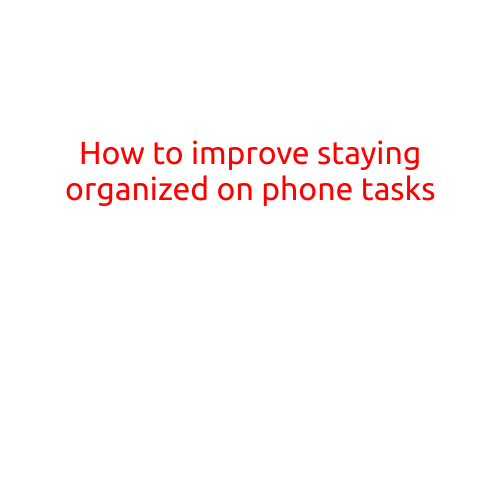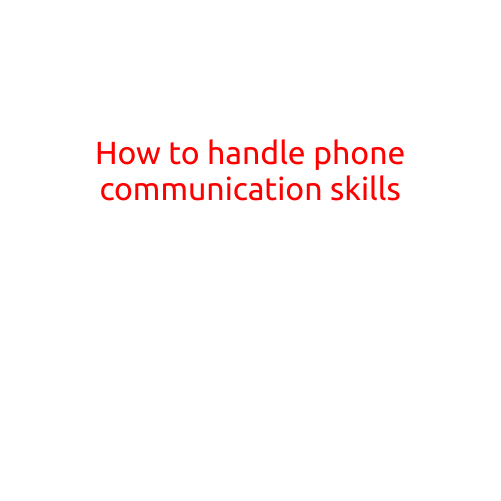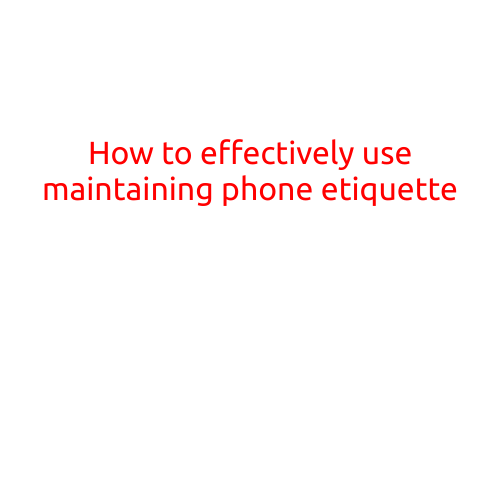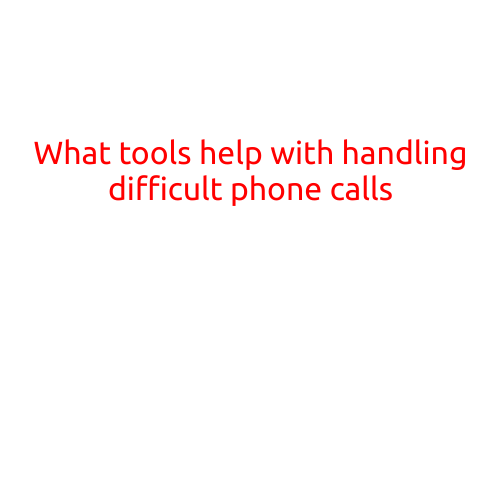
What are the Common Mistakes in Managing Call Queue Efficiently?
Managing a call queue efficiently is crucial for any customer service or contact center operation. A well-managed call queue ensures that customers receive timely and effective support, leading to increased customer satisfaction and loyalty. On the other hand, a poorly managed call queue can result in long wait times, frustrated customers, and decreased productivity.
In this article, we will explore the common mistakes in managing a call queue efficiently and provide valuable tips to help you avoid them.
Mistake 1: Lack of Real-Time Monitoring
One of the most significant mistakes in managing a call queue is failing to monitor it in real-time. This lack of visibility makes it difficult to identify bottlenecks, track performance, and make data-driven decisions.
Solution: Implement call queue monitoring software that provides real-time analytics and insights. Use this data to identify areas of improvement and make adjustments accordingly.
Mistake 2: Insufficient Agent Training
Inadequate agent training can lead to confusion, delays, and increased average handle time (AHT). This can cause the call queue to grow, leading to a negative customer experience.
Solution: Provide comprehensive training to agents, focusing on process, product knowledge, and soft skills. Regularly evaluate agent performance and provide feedback and coaching to improve.
Mistake 3: Inefficient Call Routing
Inefficient call routing can result in calls being routed to the wrong agents, causing delays and increased AHT. This can also lead to missed calls and a negative customer experience.
Solution: Implement a robust call routing system that takes into account call volume, agent availability, and skill level. Use automation to route calls to the most appropriate agent.
Mistake 4: Inadequate Staffing
Failing to adjust staffing levels to match call volume can lead to a buildup of calls in the queue, resulting in long wait times and decreased customer satisfaction.
Solution: Monitor call volume and adjust staffing levels accordingly. Consider seasonal fluctuations and special events that may impact call volume.
Mistake 5: Inefficient Call Handling
Inefficient call handling processes can result in long handle times, missed calls, and decreased customer satisfaction.
Solution: Implement a call handling process that is easy to follow, efficient, and effective. Provide agents with the necessary tools and resources to resolve calls quickly and efficiently.
Mistake 6: Lack of Quality Metrics
Failing to establish quality metrics can make it difficult to measure performance and identify areas for improvement.
Solution: Establish clear quality metrics, such as first call resolution (FCR) and customer satisfaction (CSAT). Use these metrics to evaluate agent performance and make adjustments accordingly.
Mistake 7: Inadequate Communication
Failing to communicate effectively with agents, supervisors, and customers can lead to confusion, delays, and decreased productivity.
Solution: Implement clear communication protocols, including regular updates, reporting, and feedback. Encourage open communication and collaboration across teams.
Conclusion
Managing a call queue efficiently requires careful attention to detail, effective planning, and robust processes. By identifying and avoiding the common mistakes outlined above, you can improve the customer experience, increase agent productivity, and drive business success.





